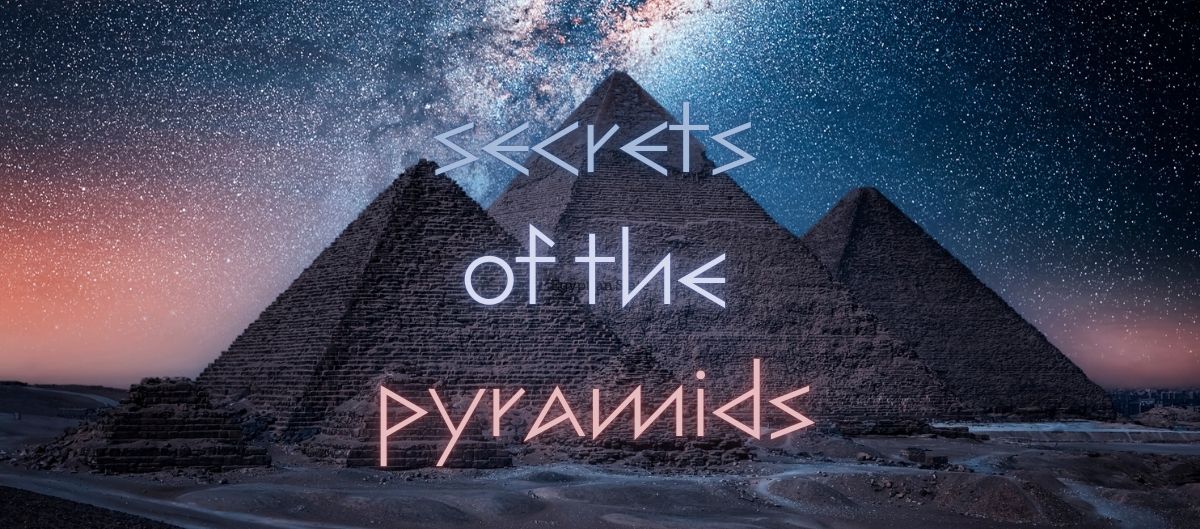Truly Astonishing Facts About Egypt’s Incomparable Pyramids and the Great Sphinx of Giza

At first my jet-lagged brain could not process more than their looming yet beautiful presence, and proximity to the nearby town. I had imagined them constructed in the middle of some vast, remote, practically inaccessible stretch of desert wasteland…as is over 90 percent of the remaining country. But they were here in all their significant historical splendor. All three!


The most famous, the Great Pyramid of Giza is the oldest and last remaining of the Seven Wonders of the Ancient World.


It was completed in 2560 B.C. and is the final resting place of King Khufu; the second-tallest structure in the Giza threesome, known as the Pyramid of Khafre, was completed in 2570 B.C. for King Khufu’s son. The smallest of the three pyramids, the Pyramid of Menkaure, houses the tomb of King Khufu’s grandson.

The Great Sphinx of Giza is a giant 4,500-year-old limestone statue situated near the Great Pyramid.

Measuring 240 feet long and 66 feet it is one of the world’s largest monuments. It is also one of the most recognizable relics of the ancient Egyptians and it is startling in its beauty.

The most common and widely accepted theory about the Great Sphinx suggests the statue was erected for the Pharaoh Khafre, about 2603-2578 B.C.
Hieroglyphic texts suggest Khafre’s father, Pharaoh Khufu, built the Great Pyramid, the oldest and largest of the three pyramids in Giza. When he became Pharaoh, Khafre constructed his own pyramid next to his father’s.

Residues of red pigments on the face of the Sphinx suggest the statue may have been painted.
Given the alignment and organization of the pyramids and the Sphinx, there may have been a celestial purpose to the Great Sphinx and temple complex. All related to the goal of resurrecting the soul of the Khafre by channeling the power of the the primary god, Ra, the sun god.
The Great Pyramids were built by talented workmen, not slaves, despite the claims of the famous Greek historian Herodotus.
Entire towns were built alongside the pyramids, where farming families often worked on the pharaoh’s amazing building projects while waiting for crops to grow.

Pyramids had a secret chamber where the soul of the dead rested…
…called the Serdab which was located close to the pharaoh’s mummified remains in the sarcophagus. Nearby the mummy was a small statue, the Ka which held the king’s life essence after death.


The pyramids weren’t always the originally the golden color pictured in all the guidebooks.
They were once encased in smooth, white Tura limestone, which caused them to sparkle in the sunlight. With earthquakes, sandstorms, theft and opportunistic building, stones were stripped. One, the Pyramid of Khafre, still has casing stones evident at its peak.
Each of the limestone blocks used to build them weighed two tons—about the same as a midsize SUV. How laborers were able to maneuver these stones so precisely remains hotly debated. Many agree that workers used a system of ramps, sledges, and pulleys to move the enormous blocks, but questions linger, adding to their fascination.
It’s estimated that the Great Pyramid of Giza took around 20,000 laborers 20 years to build. So, on average one of the pyramid’s 2.3 million blocks was placed on an average of every 4.6 minutes.

Standing next to these structures, climbing them where allowed, and actually touching them gave me a sense of personal awe and wonder that pictures cannot replicate. Visit Egypt, it will change you. It is safe, vibrant and open for tourism!
Related Posts
Captivating Khiva: An Astonishing Life Inside the City Walls
Khiva’s roots stretch back over 2,500 years, but its golden age began in the 16th …
June 7, 2025The Quiet Magic of The Turkmen: Nomads of the Steppe
Nestled in Uzbekistan’s remote northwest, Urgench might not be the first name that jumps out …
June 7, 2025

Leave A Comment